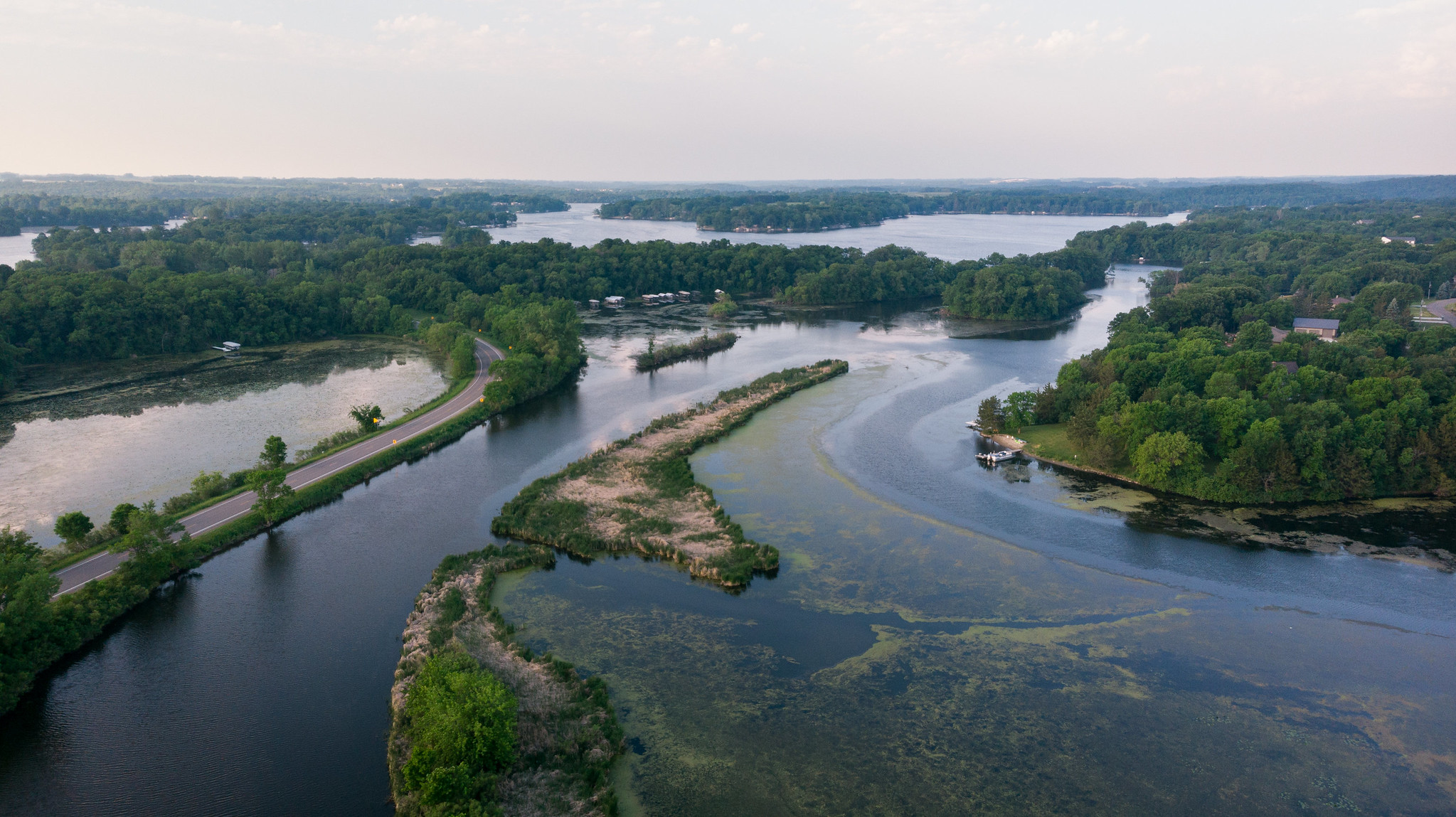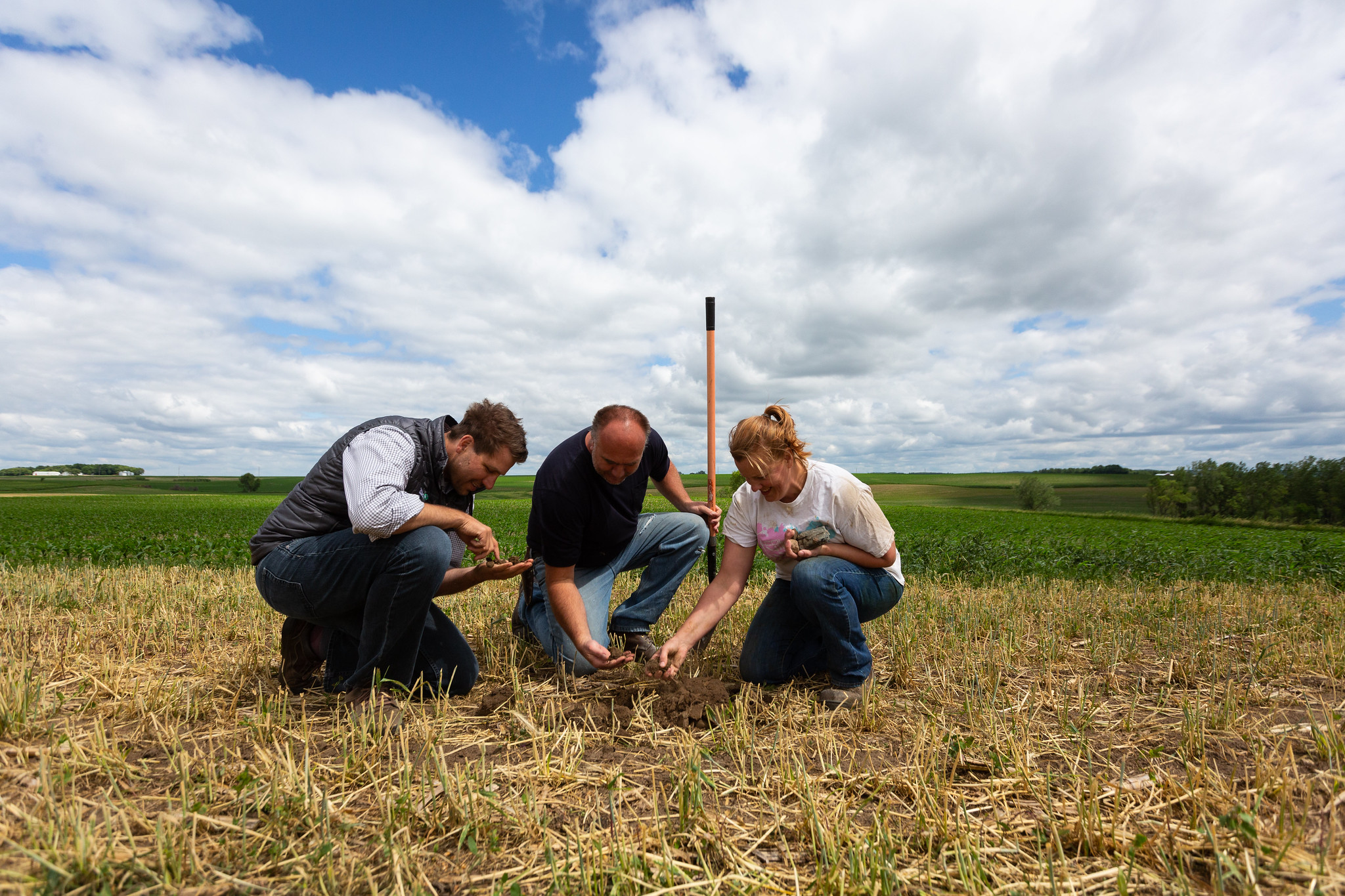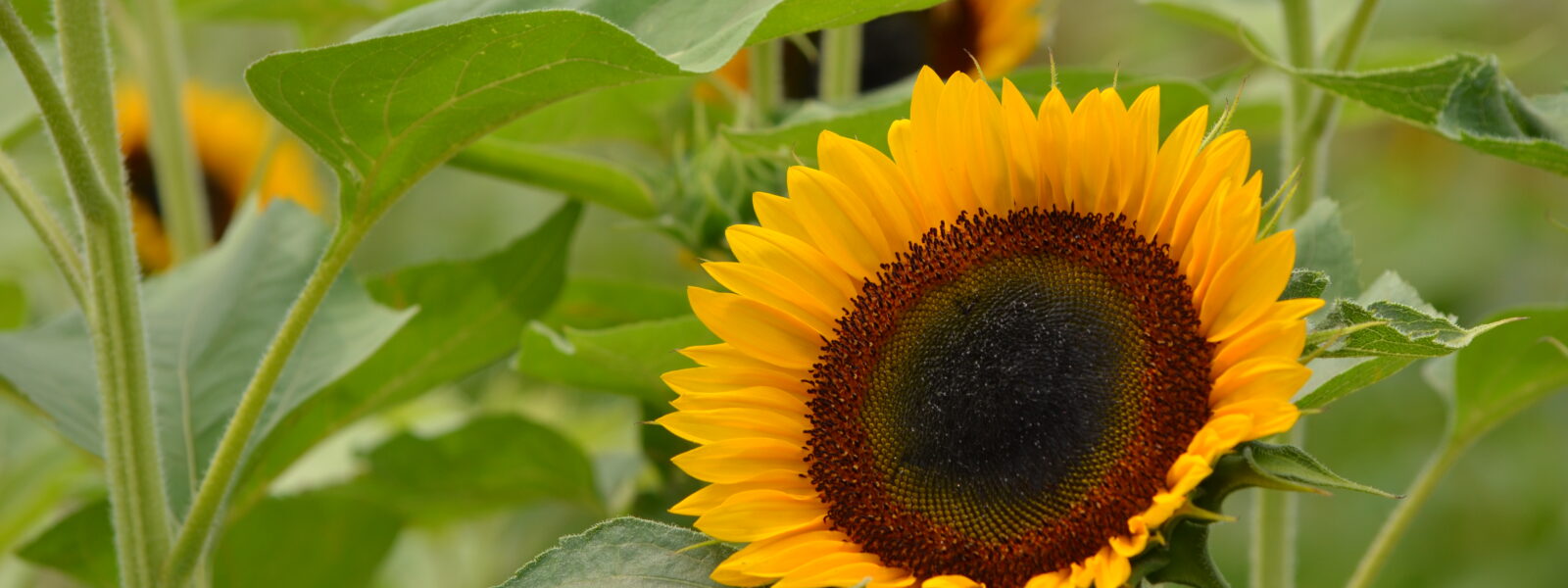In part 1 of 4 in our Regenerative Farming & the Environment series with our sponsors The Nature Conservancy in Minnesota, our Executive Director Martha Archer joins Ann Mulholland, the chapter director for The Nature Conservancy (TNC) in Minnesota, North Dakota and South Dakota for a introduction to the work they’re doing to support sustainable farmers. The local TNC chapter is headquartered just two blocks from the market and works to conserve the lands and waters on which all life depends, working toward their vision of a world where people and nature thrive.
Martha: Tell us about yourself and The Nature Conservancy.
Ann: I’ve been fortunate to serve as the Chapter Director for The Nature Conservancy in Minnesota, North Dakota and South Dakota since early 2020. And while that one was an interesting year, we’ve held steady working toward our vision of a world where people and nature thrive. In Minnesota, we’ve been protecting the state’s most significant lands and waters since 1958 and, in that time, have protected more than 700,000 acres of forests, wetlands and grasslands. Some of the more visible places we’ve helped protect include Tettegouche State Park and Voyageurs National Park, but I’d encourage adventurers of any age to take your next trip off the beaten path by exploring even more places we protect, like Bluestem Prairie or Upper Manitou Forest Preserve.
M: What are the goals of The Nature Conservancy, both globally and here in Minnesota?
A: The Nature Conservancy works to conserve the lands and waters on which all life depends, and this takes many forms both globally and locally. While we know that in nature, nothing exists alone, we’ve narrowed our focus to some key strategic priorities that will help us accomplish our ambitious goals. We’re focusing on our legacy work of protecting lands and waters for all to enjoy, working with agricultural partners to provide our food and water sustainably, and tackling climate change locally using nature-based solutions so that we can minimize impacts and defend as many Minnesotans as possible from the worst effects of climate change.
M: What does it mean to provide food and water sustainably in Minnesota?
A: Our work in agriculture evolved from our efforts to tackle climate change and improve water quality. We want to protect Minnesota’s most vital waters for drinking water, recreation and wildlife—not just for us but for generations to come. We know that in order to make lasting and effective change, we need to work with a variety of stakeholders and that must include producers, ag retailers and others. By working with agriculture to reduce its impact on water quality, we can achieve other benefits like carbon storage, reduced flooding and better yields—all of which can become drivers of new revenue for farmers. So, when we say sustainable, we’re of course talking about the environment but we’re also looking at creating practical solutions that are sustainable for people, too. Because people are a part of nature, not apart from nature.
 Photo credit: Jason Whalen, Fauna Creative
Photo credit: Jason Whalen, Fauna Creative
M: How does agriculture fit into the rest of The Nature Conservancy’s goals?
A: Farmers, ranchers and other agricultural producers are going to be some of our most important players in the years to come. Currently we have about half of our lands in Minnesota in agricultural production, and only a small portion of those farmers currently use soil health practices. These are things like planting cover crops and reducing soil tillage, which increase organic matter in the soil and make it healthier as a result. These practices will also increase a farm’s carbon storage potential, make it more resilient to unpredictable weather events, and increase the productivity of the land thus reducing the need for further conversion of our beloved grasslands. This is just one example of how providing food and water sustainably, protecting land and water, and tackling climate change all work together toward the net positive we’re trying to achieve.
M: How can we learn more and get involved?
A: You can get involved with TNC in a number of ways but for those who are ready to take action now, make a commitment to speak up for nature. One of the most important, yet unseen, ways we can make a difference for conservation in Minnesota is by influencing state policy and getting on our advocacy list is a great way to be a voice for nature with your elected officials. Or if you want to dive into the issues and understand how climate change and nature-based solutions touch down in Minnesota, check out our Trees.Water.Soil. campaign highlighting Minnesotans who are already taking climate action! Finally, farmers market shoppers can make a difference by supporting agricultural producers who are already making a difference for nature. Learn about some of those sustainable farming practices by visiting us at nature.org/mnagriculture.
 Photo credit: Jason Whalen, Fauna Creative
Photo credit: Jason Whalen, Fauna Creative
Join us for part 2 in our Regenerative Farming & the Environment series with The Nature Conservancy on Facebook Live at 2pm on Tuesday, August 17th. Market Founder Brenda Langton will be discussing the import issue of soil health with expert Peter Mead. Click here for event details!
